Introduction
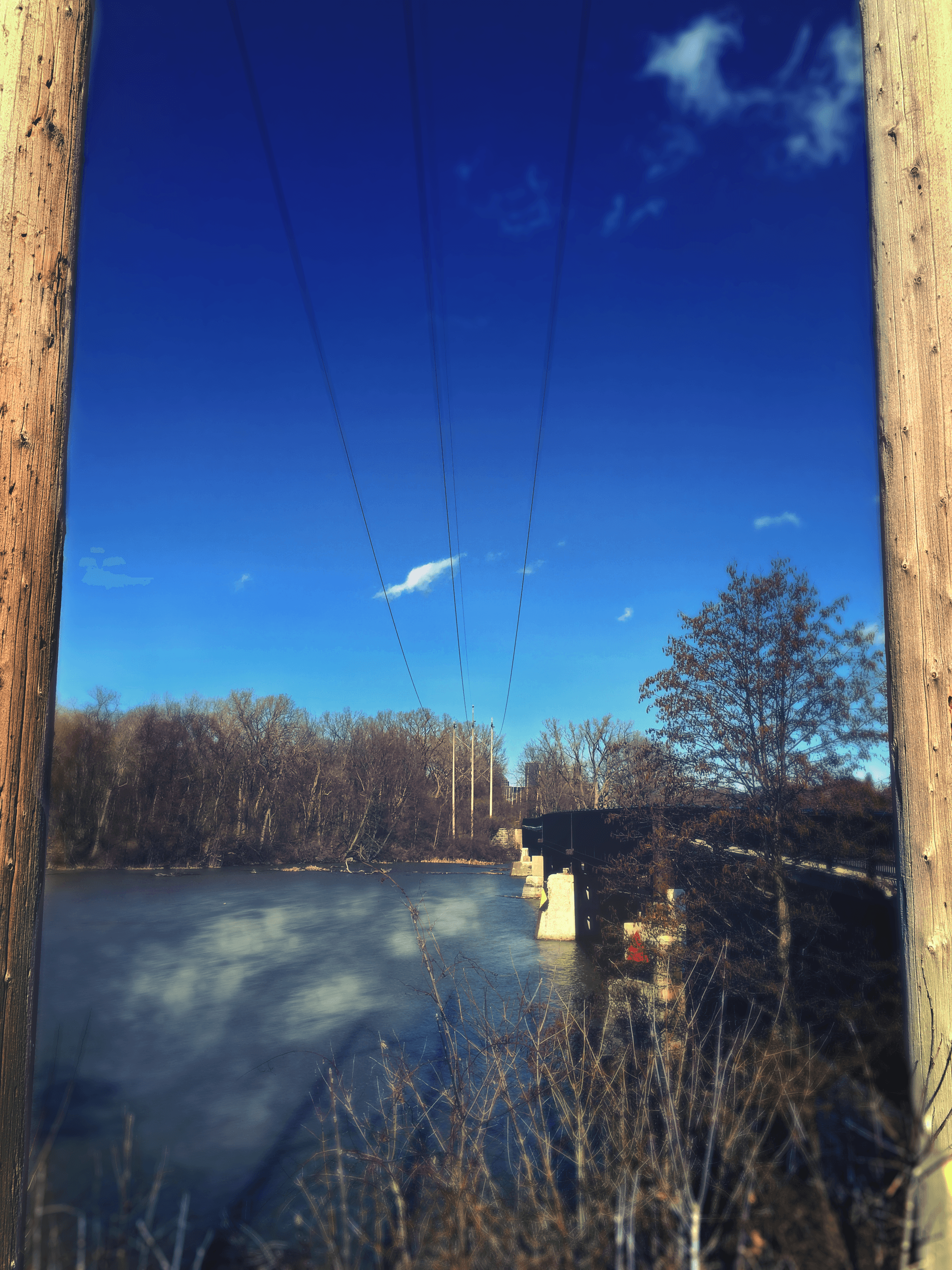
Transmission line dampers play a crucial role in maintaining the stability and efficiency of power transmission systems. These devices are specifically designed to counteract the vibrations and oscillations that can occur due to environmental factors, such as wind or seismic activity. Understanding the various types of dampers in transmission lines helps in determining the most effective solutions for specific challenges faced by power infrastructure.
Understanding Transmission Line Dampers
At their core, transmission line dampers are engineered devices that absorb and dissipate vibrational energy within power lines. They work by utilizing principles of physics to reduce oscillations, ensuring that electrical conductors remain stable and functional under adverse conditions. The question often arises: What is the use of a damper in a transmission line? Simply put, they enhance the longevity of structures while minimizing wear and tear caused by constant movement.
Importance of Dampers in Power Transmission
The significance of dampers cannot be overstated when it comes to power transmission systems; they serve as guardians against destructive forces that could compromise infrastructure integrity. By mitigating vibrations, these devices not only protect physical assets but also improve overall efficiency in electricity delivery. This leads to reduced operational costs and increased reliability for utility companies and consumers alike.
Overview of Damper Types
There are several types of dampers used in transmission lines, each designed for specific applications based on their functionality and operational principles. For instance, Stockbridge dampers are among the most common types due to their effectiveness at reducing wind-induced vibrations—What does a Stockbridge damper do? It essentially acts as a counterbalance against oscillatory movements. Additionally, understanding the differences between transmission line dampers vs vibration damper can help stakeholders make informed decisions regarding which device best suits their needs.
Common Types of Dampers in Transmission Lines

When it comes to transmission line dampers, understanding the various types is crucial for effective implementation and maintenance. Different types of dampers in transmission lines cater to specific challenges, such as vibration control and structural integrity. This section delves into three primary categories: Stockbridge dampers, vibration dampers, and the distinctions between damping devices and vibration dampers.
Stockbridge Dampers Explained
What does a Stockbridge damper do? Essentially, it's a specialized device designed to reduce vibrations caused by wind or other environmental factors on overhead power lines. These transmission line dampers consist of two masses attached to a cable by means of a flexible wire, effectively counterbalancing oscillations that could lead to fatigue or failure. Their unique design allows them to be installed easily on existing lines without significant modifications, making them a popular choice among utility companies.
Vibration Dampers and Their Function
Vibration dampers serve a critical role in stabilizing transmission lines by absorbing energy from oscillations. What is the use of a damper in a transmission line? Simply put, they help maintain the integrity of power infrastructure by minimizing stress on cables and towers during adverse weather conditions. The principle of vibration damper in transmission line operation revolves around dissipating vibrational energy through mechanical means—essentially transforming kinetic energy into heat—thereby reducing the amplitude of oscillations.
Damping Devices vs Vibration Dampers
While both damping devices and vibration dampers aim to mitigate unwanted movements, there are key differences between them that are worth noting. Damping devices can include various mechanisms designed for broader applications beyond just power lines, whereas vibration dampers specifically target the oscillatory behavior seen in transmission lines. Additionally, when considering transmission line dampers price versus other damping devices, you'll often find that specialized solutions like Stockbridge dampers offer cost-effective long-term benefits due to their durability and efficiency.
The Role of Dampers in Reducing Vibration
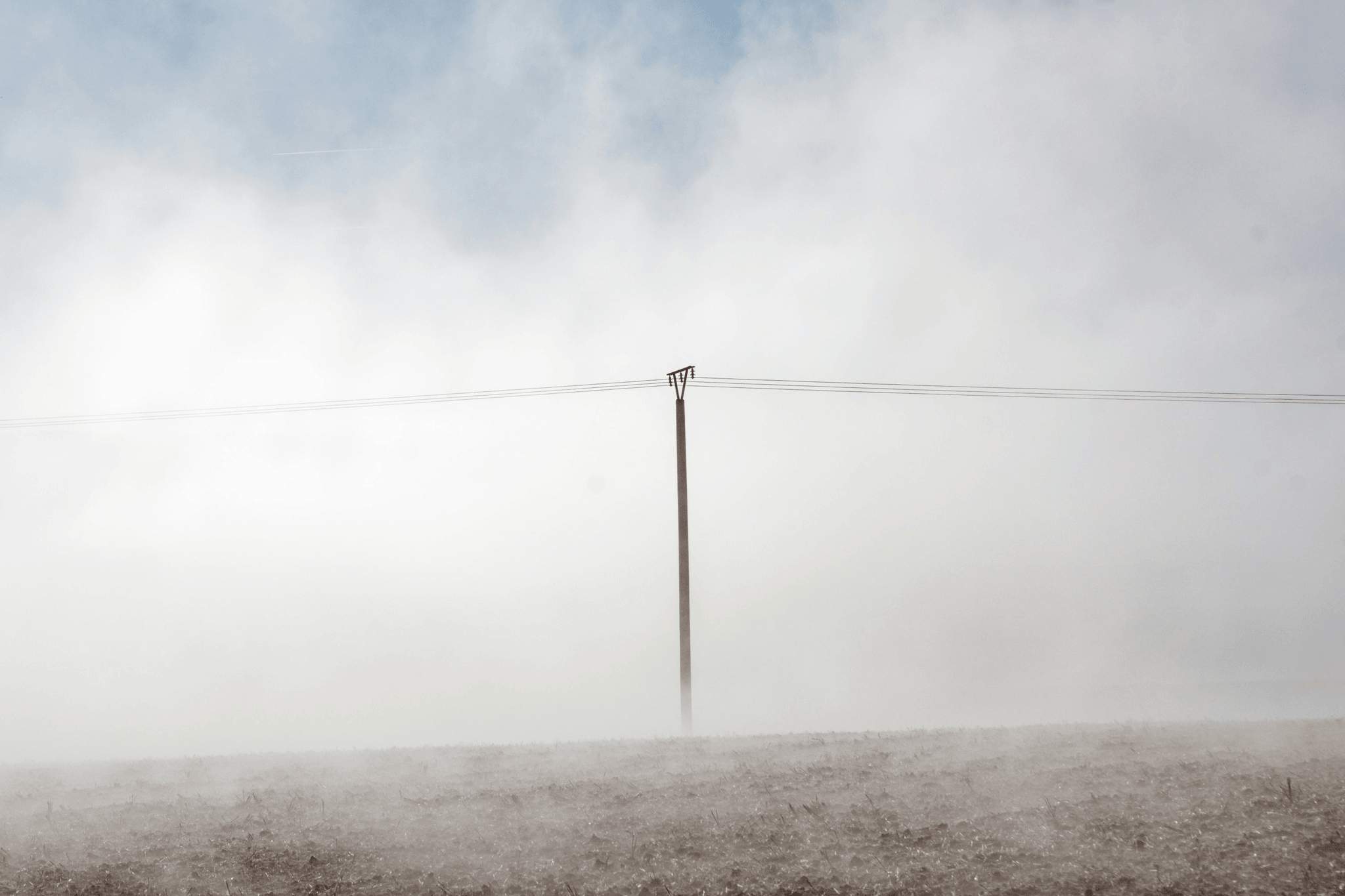
Dampers play a crucial role in maintaining the integrity and functionality of transmission lines by reducing unwanted vibrations. Without these devices, power transmission systems can suffer from excessive oscillations caused by environmental factors, leading to structural damage and inefficiencies. In this section, we will explore the specific uses of dampers in transmission lines, their operating principles, and how they address wind-induced oscillations.
What is the Use of a Damper in a Transmission Line?
So, what does a damper do in a transmission line? Essentially, it acts as a stabilizing force that absorbs and dissipates energy from vibrations. This energy absorption is vital for preventing fatigue in the materials used for power lines and towers, ultimately extending their lifespan and ensuring reliable service.
Transmission line dampers are particularly effective at countering dynamic forces that occur due to wind or other environmental conditions. By reducing these vibrations, they help maintain proper tension on the wires, which is essential for efficient electricity transmission. In short, dampers are indispensable components that safeguard against potential failures while enhancing overall performance.
The Principle of Vibration Damper in Transmission Line
The principle behind vibration dampers in transmission lines hinges on energy dissipation through various mechanisms such as friction or mass-spring systems. When external forces like wind act on the cables, these dampers convert kinetic energy into heat or other forms of energy that can be safely released without damaging the structure.
Understanding what is the principle of vibration damper in transmission line applications helps engineers design more effective systems tailored to specific environmental challenges. Different types of dampers in transmission lines utilize unique designs to optimize performance based on expected vibration patterns and frequencies encountered during operation.
Moreover, Stockbridge dampers are one common type known for their effectiveness against high-frequency vibrations caused by wind-induced oscillations—making them an attractive choice for many utility companies looking to enhance their infrastructure's resilience.
How Dampers Mitigate Wind-Induced Oscillations
Wind-induced oscillations can wreak havoc on unprotected transmission lines; however, with strategically placed dampers, this issue can be significantly mitigated. These devices work by counteracting the forces exerted by gusts of wind that cause cables to sway or vibrate excessively—often referred to as galloping.
By employing various designs such as Stockbridge dampers or tuned mass dampers tailored specifically for certain types of vibrations found within power systems—transmission line operators can effectively reduce unwanted movement and stabilize structures under adverse weather conditions.
In summary, understanding how dampers mitigate wind-induced oscillations not only enhances safety but also improves overall operational efficiency while minimizing maintenance costs associated with repairs due to vibration-related damage.
Key Benefits of Using Transmission Line Dampers
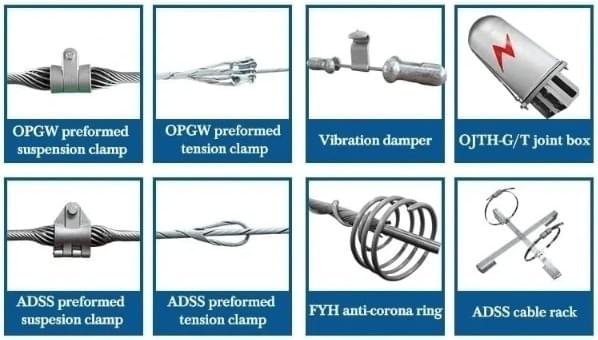
Transmission line dampers play a crucial role in ensuring the reliability and longevity of power transmission systems. By mitigating vibrations and oscillations caused by wind and other environmental factors, these devices enhance the overall performance of transmission lines. This section explores the key benefits of using transmission line dampers, emphasizing their impact on structural integrity, environmental considerations, and operational efficiency.
Enhancing Structure Longevity and Stability
One of the primary advantages of incorporating transmission line dampers is their ability to enhance structure longevity and stability. Over time, vibrations can lead to fatigue in materials, potentially compromising the integrity of towers and cables. By employing effective types of dampers in transmission lines, such as Stockbridge dampers, operators can significantly reduce wear and tear, thereby prolonging the lifespan of critical infrastructure.
Moreover, a well-placed damper on a transmission line can help maintain optimal tension levels within cables, preventing sagging or excessive strain on support structures. This stability is essential for ensuring that power delivery remains consistent and reliable over time. In essence, using dampers translates to fewer repairs or replacements needed down the road—an attractive proposition for any utility company.
Minimizing Soil Erosion and Environmental Impact
Transmission line dampers not only benefit infrastructure but also play a pivotal role in minimizing soil erosion and environmental impact. Vibrations from power lines can destabilize soil around tower foundations; however, by utilizing vibration dampers strategically placed along lines, this risk is considerably reduced. A damper’s ability to absorb energy from oscillations means less disruption to surrounding ecosystems.
Additionally, maintaining stability in transmission lines helps prevent potential landslides or soil displacement that could arise from excessive movement or vibration over time. The reduced environmental footprint associated with using these devices aligns with modern sustainability goals for energy providers looking to mitigate their ecological impact while delivering reliable service.
Improving Transmission Efficiency
Another significant benefit provided by transmission line dampers is improved efficiency in energy transmission itself. When vibrations are minimized through effective damping mechanisms like Stockbridge dampers or other types used in transmission lines, electrical losses due to oscillation-induced heating are greatly reduced. This leads to enhanced overall system performance—a win-win scenario for both utility companies and consumers alike.
Furthermore, improved stability allows for higher capacity utilization without compromising safety standards or risking equipment failure during high-wind events or severe weather conditions. As a result of these improvements facilitated by proper damping solutions like those found within the realm of “transmission line dampers vs vibration damper,” companies often see an increase in profitability through reduced maintenance costs paired with more efficient energy distribution networks.
Transmission Line Dampers vs Vibration Dampers
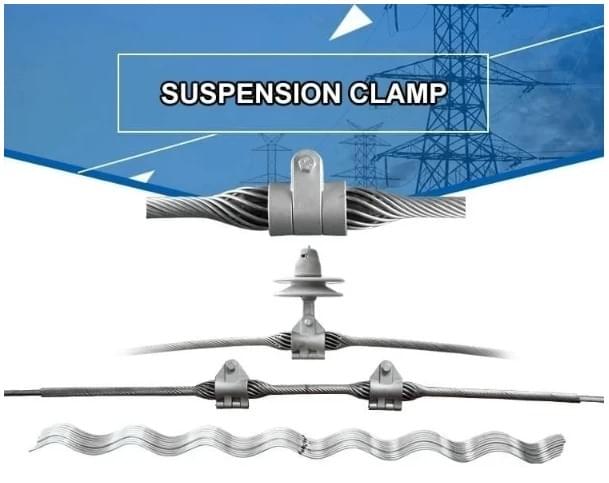
When it comes to managing vibrations in power transmission systems, understanding the differences between transmission line dampers and vibration dampers is crucial. While both serve the purpose of reducing oscillations, their functionalities vary significantly. Transmission line dampers are specifically designed for high-voltage applications, focusing on protecting structures from wind-induced vibrations, while vibration dampers can be used in a broader range of scenarios beyond just power lines.
Differences in Functionality
Transmission line dampers primarily aim to reduce mechanical stress on overhead lines caused by environmental factors such as wind or ice loading. They work by absorbing and dissipating energy from vibrations, ensuring that the integrity of the transmission structure remains intact over time. On the other hand, vibration dampers can be applied in various settings—ranging from industrial machinery to buildings—focusing more broadly on reducing unwanted vibrations rather than solely addressing issues specific to transmission lines.
The principle of vibration damper in transmission lines revolves around its ability to counteract oscillations through mass-spring systems or viscoelastic materials that absorb vibrational energy. This means that while all transmission line dampers function as vibration dampers, not all vibration dampers are suited for overhead power line applications. Ultimately, selecting between these two types comes down to understanding your specific needs and the environment in which they will operate.
Application Scenarios for Each Type
Transmission line dampers excel in scenarios where high winds and environmental factors threaten the stability of electrical infrastructure. For instance, Stockbridge dampers are commonly employed on power lines to mitigate oscillations caused by wind loading; what does a Stockbridge damper do? It effectively reduces vibrations at specific frequencies that could lead to structural failure if left unchecked.
In contrast, general-purpose vibration dampers find utility across diverse industries—from construction sites dealing with heavy machinery vibrations to automotive applications where engine noise must be minimized. The versatility of vibration dampers allows them to adapt based on varying conditions and requirements outside of just electrical transmission systems.
Thus, when evaluating application scenarios for each type, consider whether your primary concern is protecting a transmission line from severe weather or if you need a solution for a different type of mechanical system experiencing unwanted vibrations.
Cost Implications: Transmission Line Dampers Price
When discussing cost implications associated with these devices, it’s essential first to understand that prices can vary significantly based on design complexity and intended use cases. Generally speaking, specialized transmission line dampers may come at a higher price point than standard vibration dampers due to their tailored engineering required for high-voltage environments.
However, investing in quality transmission line dampers can yield substantial long-term savings by enhancing structure longevity and minimizing maintenance costs over time—what is the use of a damper in a transmission line? Simply put: preventing costly repairs resulting from damage incurred through excessive vibrations or oscillations caused by environmental factors pays off handsomely.
Ultimately, while initial costs may seem steep for premium options like Stockbridge or other specialized types of dampers used explicitly within power systems—the benefits they provide often outweigh these upfront expenses when considering overall operational efficiency and structural integrity preservation.
Selecting the Right Damper for Your Needs

Choosing the right transmission line dampers is crucial for ensuring the longevity and efficiency of your power transmission systems. With various types of dampers in transmission lines available, understanding their specific functions can help you make an informed decision. Factors such as environmental conditions, installation costs, and vibration characteristics should guide your choice.
Factors to Consider in Your Choice
When selecting a damper, consider the type of vibrations your transmission line is likely to experience. Wind-induced oscillations are a common concern, making it essential to evaluate how different dampers will respond under such conditions. Additionally, assess the installation environment; some transmission line dampers are better suited for harsh weather or seismic activity than others.
Another critical factor is the compatibility of the damper with existing infrastructure. What does a Stockbridge damper do? It’s designed specifically to handle certain vibration frequencies and can be more effective than other types in specific scenarios. Finally, consider maintenance requirements—some dampers may need regular checks or replacements that could impact long-term operational costs.
Evaluating Quality: What to Look For
Quality should always be at the forefront when selecting transmission line dampers. Look for materials that offer durability and resistance to corrosion—after all, these components will face various environmental challenges over their lifespan. It's also wise to check if the manufacturer provides certifications or testing results that validate the performance claims of their dampers.
Additionally, pay attention to design features that enhance functionality; features like adjustable settings can significantly improve how effectively a damper mitigates vibrations in your specific application. Understanding what is the principle of vibration damper in transmission lines helps you recognize which designs will work best under varying conditions. Lastly, read reviews or seek recommendations from industry professionals who have experience with different products on the market.
Recommendations from Spark Fittings
For those navigating through options available in transmission line dampers, Spark Fittings offers several reliable choices tailored for various needs and environments. Their range includes Stockbridge dampers known for their effectiveness against wind-induced vibrations and other specialized designs tailored for unique applications. When considering factors like transmission line dampers price versus quality, Spark Fittings often strikes an excellent balance between affordability and performance.
Moreover, their customer service team can provide insights into what is a damper on a transmission system and guide you toward solutions that fit your project specifications perfectly. Whether you're looking at standard models or custom solutions based on intricate requirements, they have options worth exploring as you select your ideal damping solution.
Conclusion
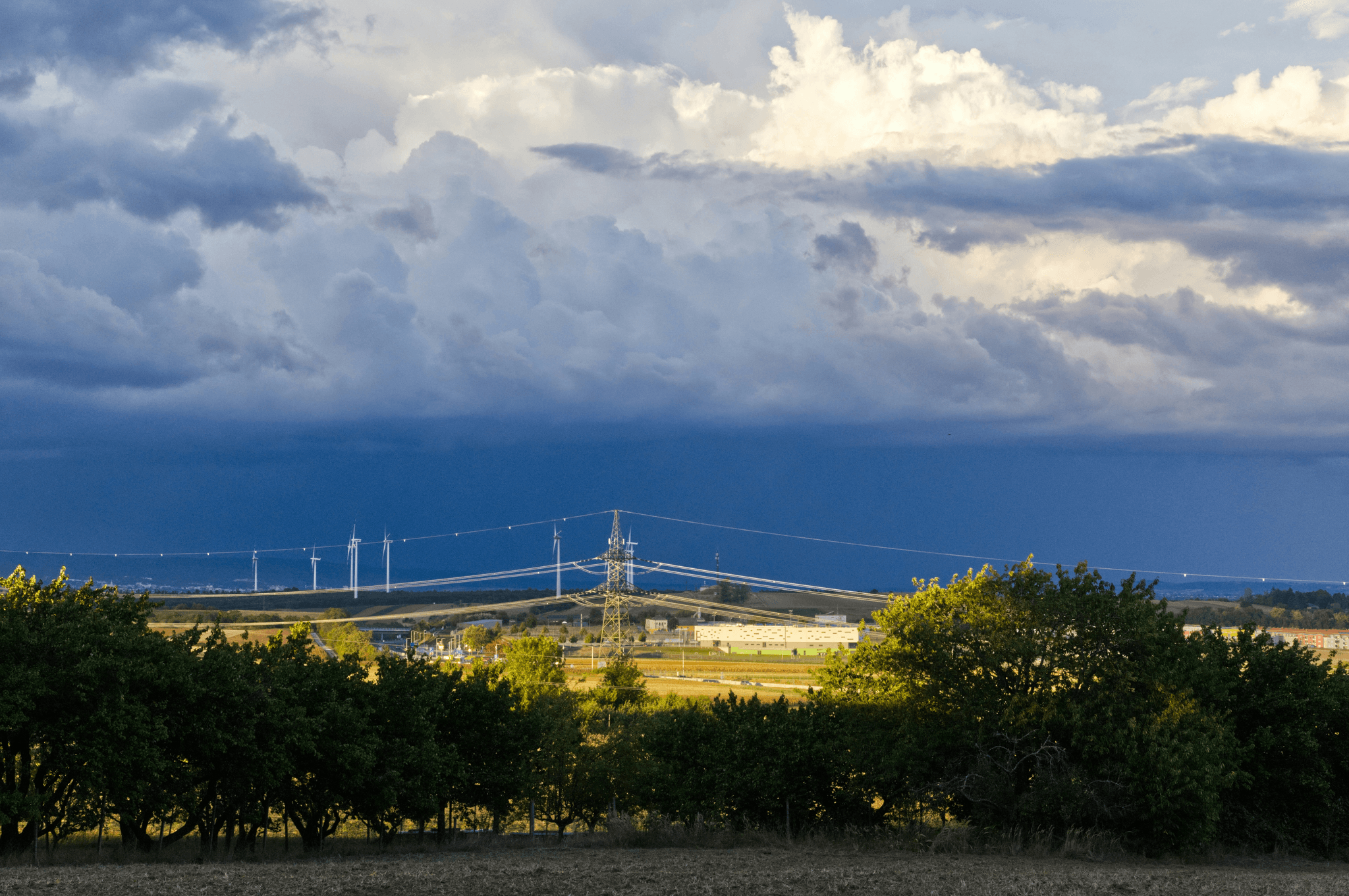
In the realm of power transmission, transmission line dampers play an integral role in ensuring the stability and longevity of infrastructure. They are essential components that mitigate vibrations caused by environmental factors, enhancing the overall performance of transmission lines. Understanding their importance can aid in selecting the right type of damper for specific needs.
The Integral Role of Dampers
Dampers serve as a critical defense against various forces acting on transmission lines, particularly those induced by wind and other environmental conditions. By absorbing and dissipating energy, they prevent excessive oscillations that could lead to structural failure or damage. For instance, Stockbridge dampers are specifically designed to counteract these vibrations effectively, showcasing just one type of dampers in transmission lines that fulfill this vital function.
Cost-Effectiveness of Investing in Dampers
Investing in high-quality transmission line dampers can yield significant long-term savings by enhancing system reliability and reducing maintenance costs. While the initial transmission line dampers price may seem steep, the avoidance of costly repairs or replacements due to vibration-induced damage makes them a wise investment. Ultimately, understanding what is a damper on a transmission line can help stakeholders appreciate their value not just as components but as essential investments for operational efficiency.
Future Trends in Transmission Line Dampers
The future of transmission line dampers looks promising with advancements in materials and technology aimed at improving their effectiveness and durability. Innovations such as smart damping systems that adapt to changing conditions are on the horizon, potentially revolutionizing how we understand what is the principle of vibration damper in a transmission line. As industry demands evolve, so too will the designs and applications of these crucial devices—ensuring that they remain indispensable allies against vibration-related challenges.

